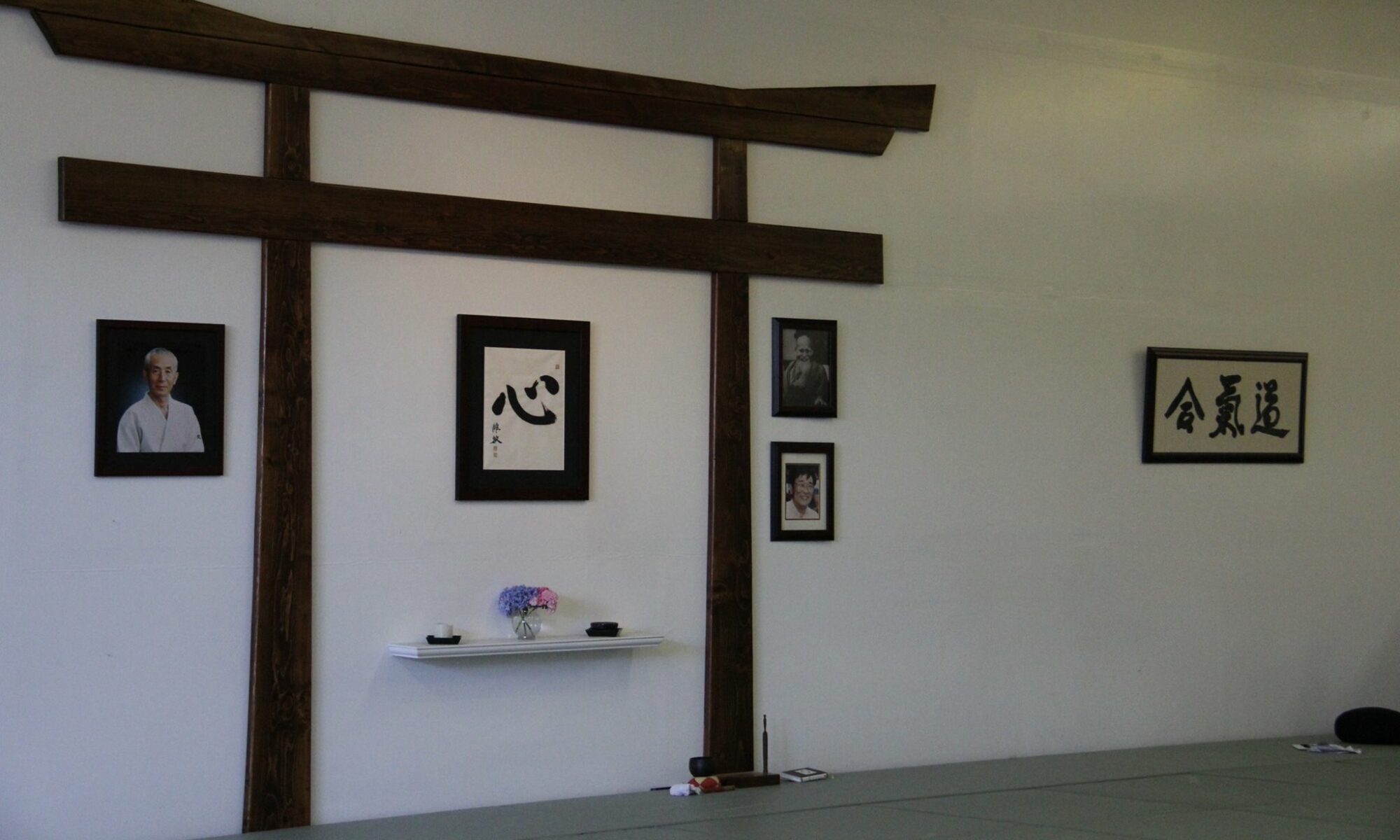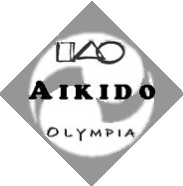Aikido in Daily Life
We come to our dojo to train so that we’re better able to apply the principles of aikido in our daily lives.
Some of you may be aware of a little “discussion” going on in the virtual aikido community, regarding the effectiveness of aikido in competitive martial arts. This is an interesting discussion since aikido is based on the principle of non-competition. For many aikidoka, we passively accept that aikido isn’t competitive but don’t often ponder what strategic value this principle might provide.
As a pretty competitive guy, it took me years to realize that if you’re not trying to compete with someone, either in life or in a martial art, then you gain a strategic advantage. First, if you’re competing, you have to be willing to put yourself out there as you have to “make your move”. By not putting energy into that, you can instead put your energy into being able to respond. Second, in competition we have to establish criteria for who wins.
By not setting artificial criteria for success, we open more options for how we can be successful. In fact, some options include all involved parties being successful together.

